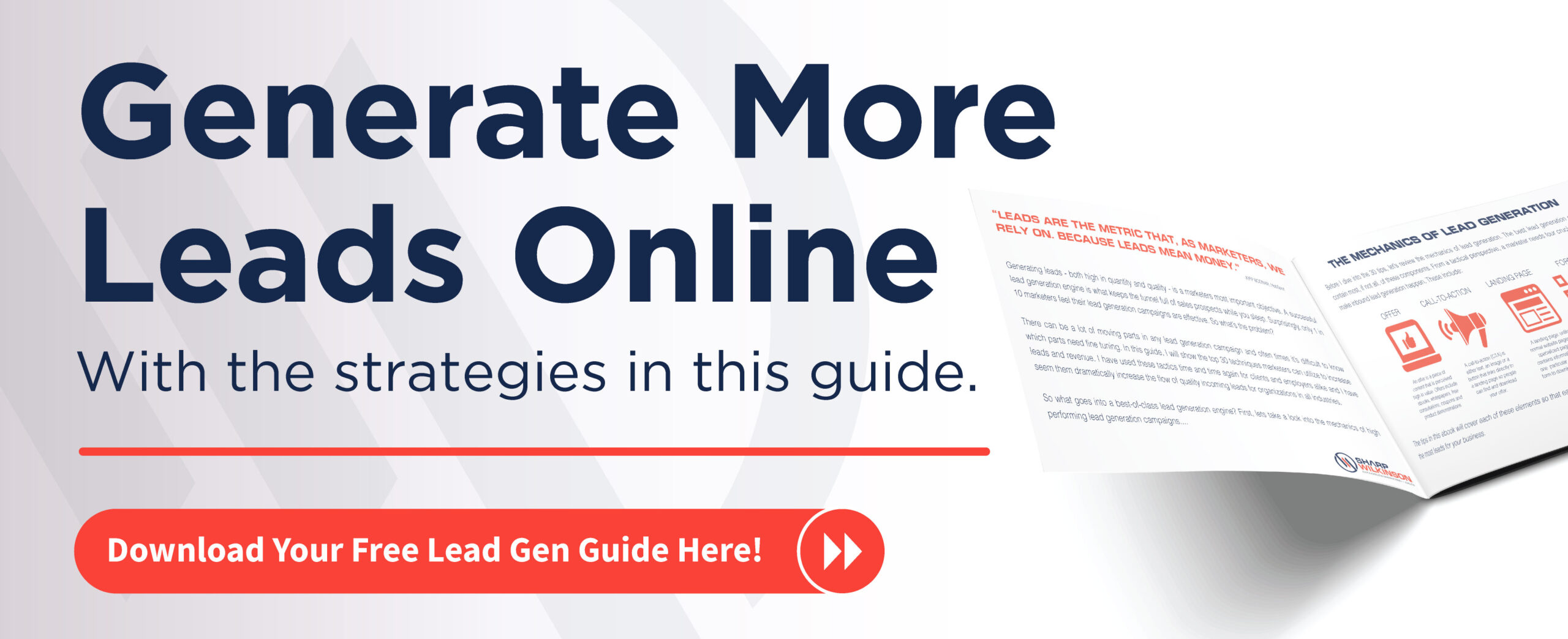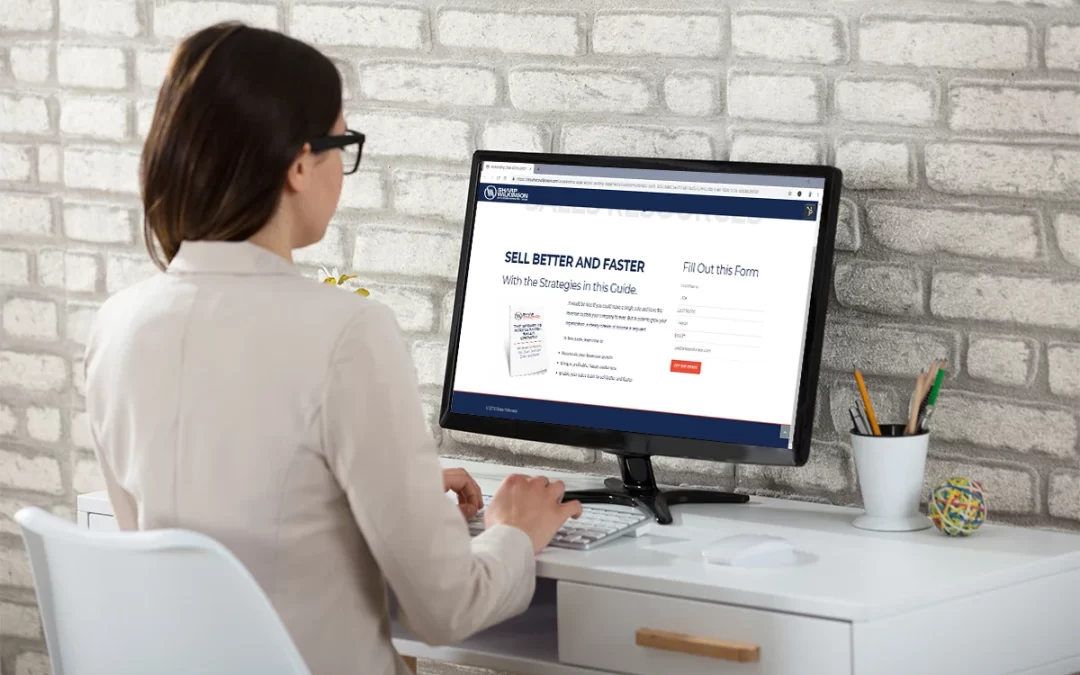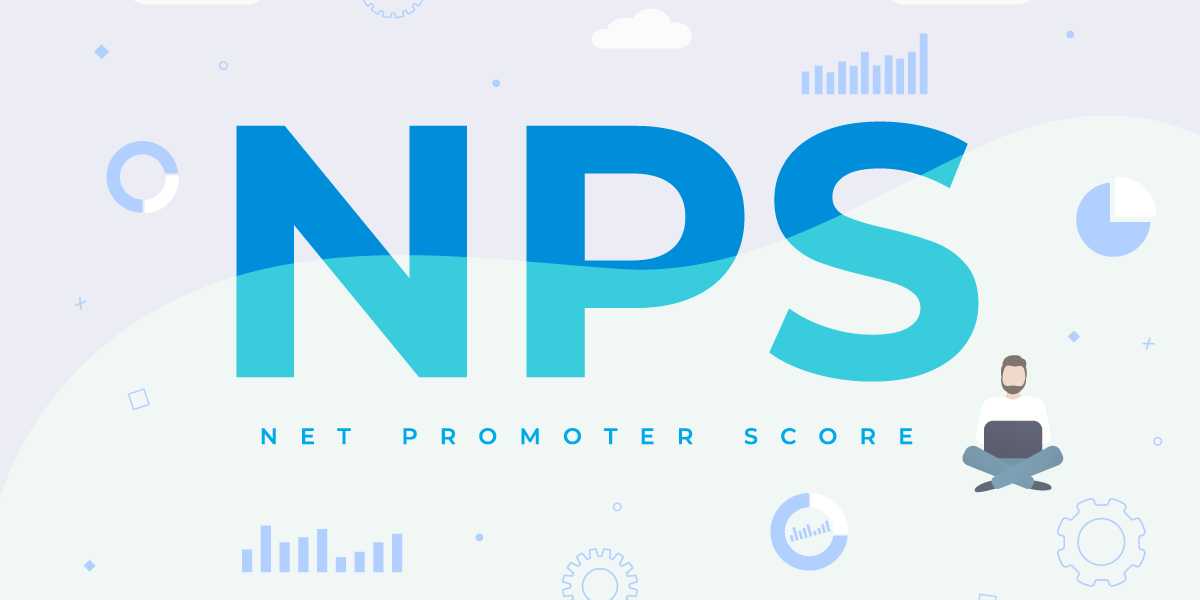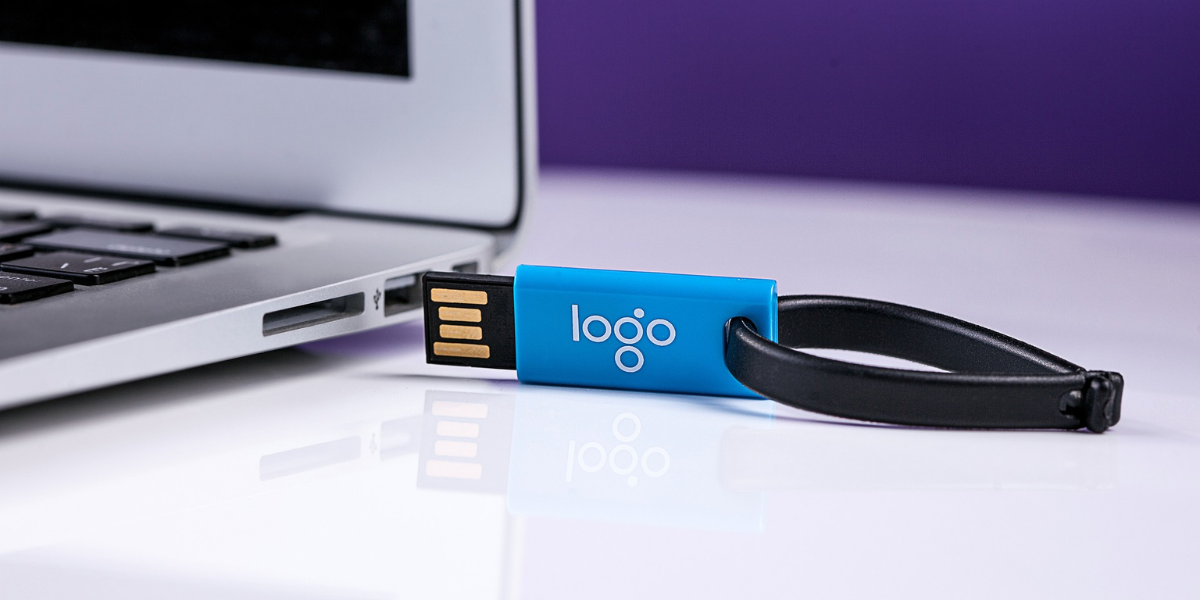Effectively turning website visitors into leads hinges on a key device of any digital marketing strategy: conversion paths. Conversion paths enable your website visitors to take an action which will identify them as a lead for your sales team. By creating and deploying cleverly-crafted conversion paths on every page of your website, you can dramatically increase conversions and ultimately, sales. But how do you create a conversion path that will consistently generate leads?
The secret to building high-yielding conversion paths are in four elements.
A Killer Content Offer
Content is the value you bring to the table of your website guests. By creating the right content and offering it in a clear, impactful call-to-action (CTA) you can convert your website visitors into leads and fuel your digital marketing strategy.
>> Anyone Can Use Their Website to Generate Leads — Learn How! <<
First, you will need to create content that visitors will perceive as relevant and useful. To do this, you will need to refer to two critical marketing tools: your Buyer Personas and Buyer’s Journey. By crafting persona-specific content that is relevant to the stage your prospect is at in the sales cycle, you will be able to put the offer into the buyer’s context and they will be much more likely to fill out a form to get at the content.
After the content is created you will need to bait the hook with a sweet CTA. CTAs typically feature text or buttons and can be placed anywhere on your website where they will catch the attention of visitors. CTAs should be clear and use verbs to illuminate the path of the action you want visitors to take. They should also be designed in such a way that they will stand out — you don’t want your CTA to blend in with the rest of the page and go unnoticed.
Landing Pages
The landing page is where visitors are taken when they click on the CTA. This is the area where the actual conversion takes place. Landing pages will include the “sales pitch” for your content. A landing page should present the value that the content has for the potential lead. A good technique for doing this is to relate how the content will provide answers for questions the prospect may have. If the content can be seen to help solve a problem the prospect has, it will be much more likely to convert that visitor into a lead.
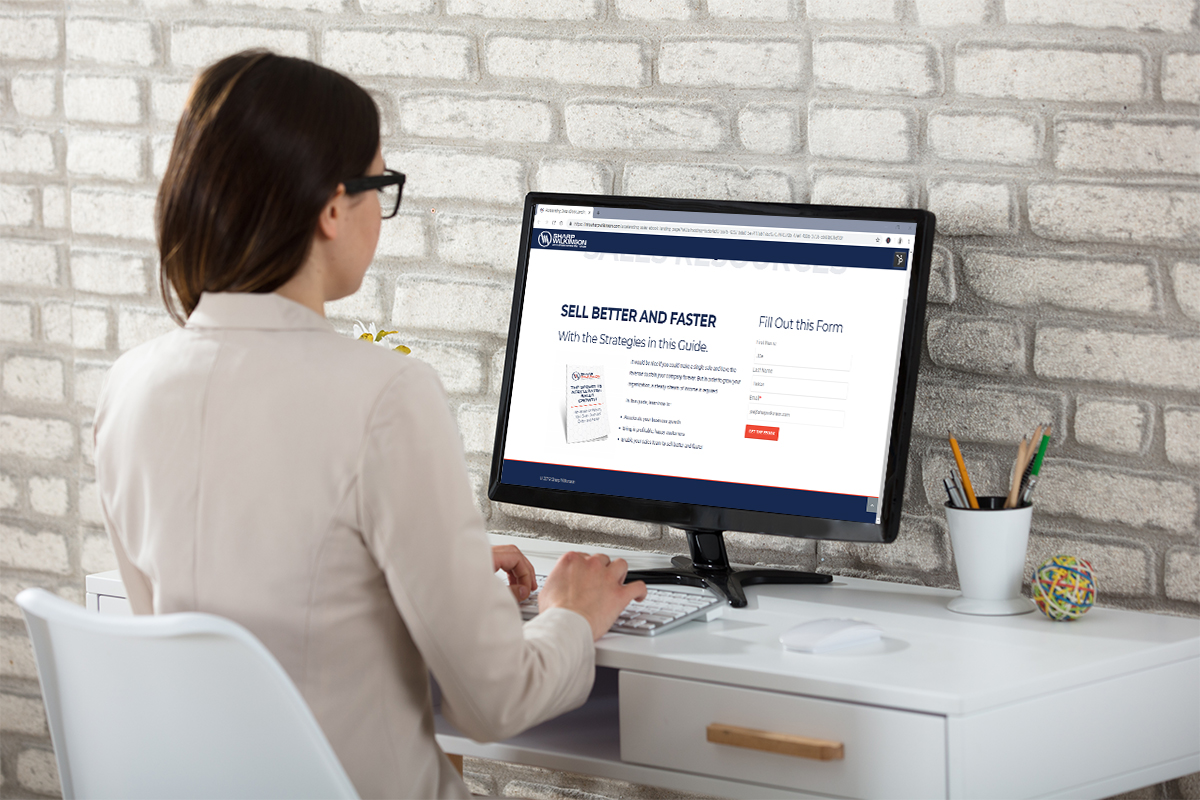
Reduce the friction in your conversion path and your conversions will skyrocket.
Some best practices for creating killer landing pages are:
- Be clear about what the offer is. Feature this in the landing page’s headline.
- Include an image of the content on the page. This gives the content tangibility and emphasizes that the offer is real.
- Don’t include navigation or links to other content on the page. You want the visitor to stay focused on converting — you don’t want them to be tempted to explore other parts of your website. Yet.
Forms
The form is placed on your landing page and acts as the door through which visitors must pass to receive the awesome content you are offering. When creating a form, you will want to give it the same careful consideration you gave the content and landing page you created for your conversion path. For instance, if it is a top-of-the funnel offer, you may want the form to only collect the prospect’s name and email. However, if you are giving away something geared towards leads further into your funnel you may want ask for more detailed information. The trick here is to pay attention to the friction the form creates for the conversion path. Asking for too much information on the form can make the process cumbersome and lower your conversion rate.
The Payoff
There are different schools of thought on this part of the conversion path, but one thing is certain: after a lead fills out the form, you will need to deliver the content to them and give them additional opportunities to engage and convert. For this you will use at least one of the following: in-form responses, follow-up emails and Thank You pages.
An in-form response is simply a response that appears in the framework of the form after it is filled out. This response will usually contain a link to the content. While in-form responses do a nice job of making good on the content offer, they can be seen as a missed opportunity since visitors will most likely grab the content and leave your website.
Follow-up emails work well to deliver the content to the lead and confirm the email they gave you is valid. However, follow-up emails suffer from the same problem as in-form responses — they don’t give the best presentation for further engagement. Prospects tend to download the content and then archive or delete the email, ending the opportunity for additional conversions.
The best method for delivering content is re-directing leads to a Thank You page. Thank You pages are specialized website pages from which your leads can download the promised content. Thank You pages do a great job of moving people further along in the buyer’s journey because they can also include things like additional CTAs and your website’s navigation. A Thank You page should always include the content offered, links for sharing the offer via email or social media and a CTA for content that complements the initial offering.
